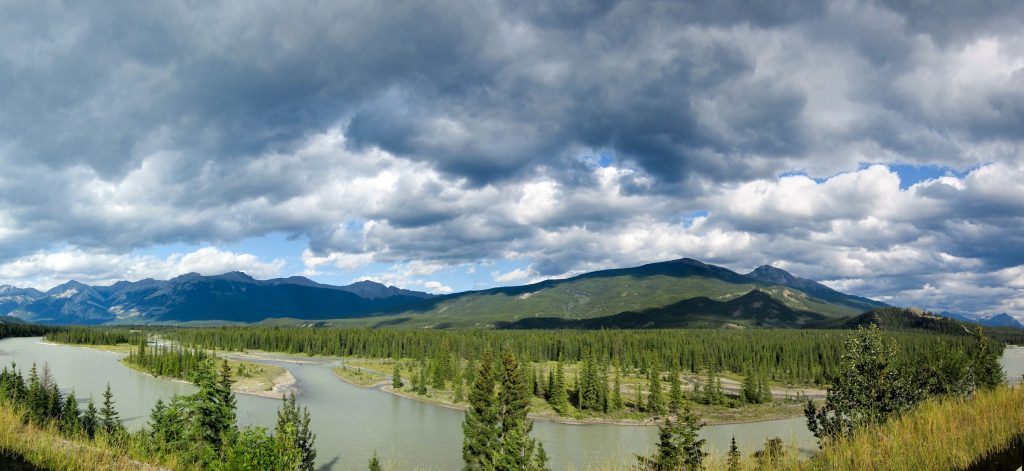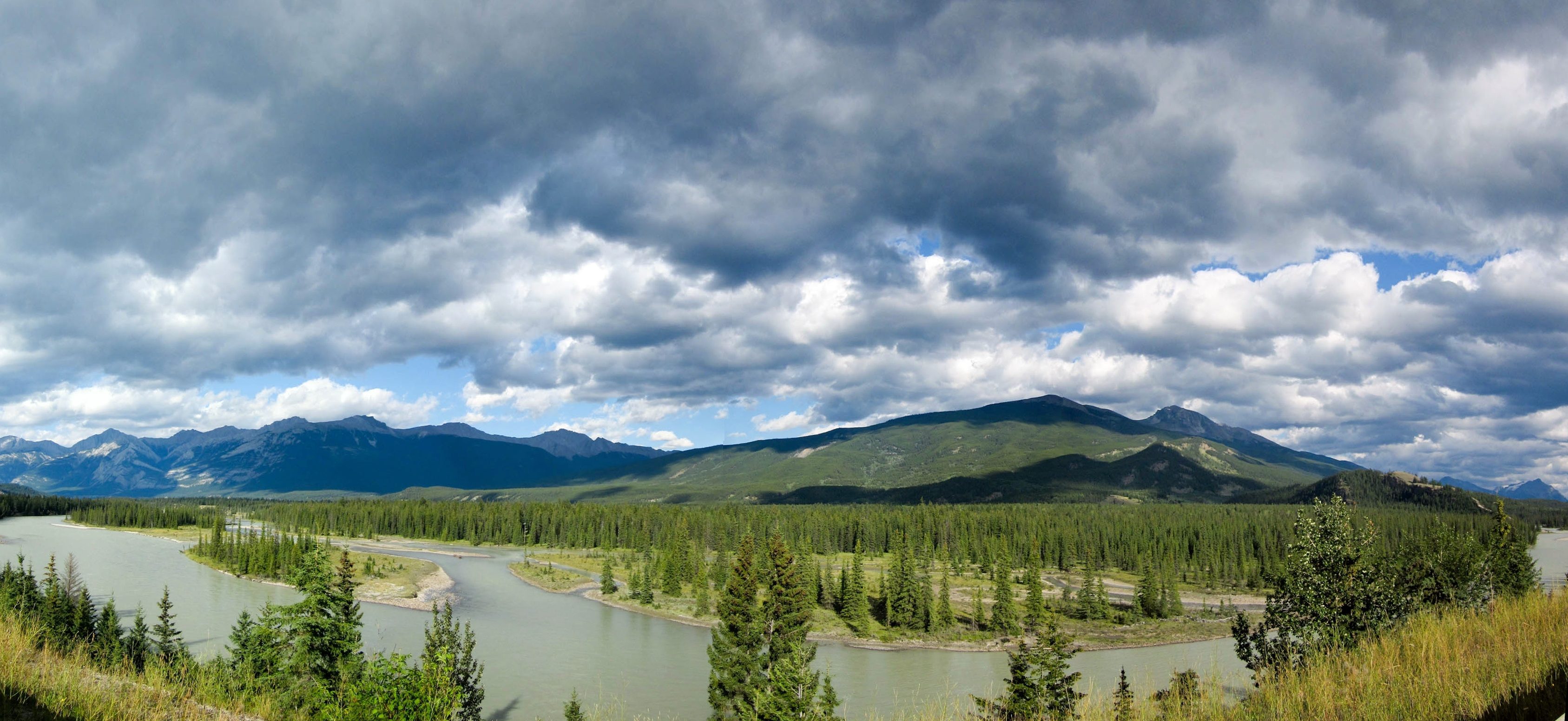First the good news. The three NAFTA countries voted unanimously to allow an investigation to go forward on tar sands tailings ponds leaking toxins into rivers and aquifers in northern Alberta.
These leaks are a big problem. Tailings ponds have continued to grow in size and are now well over a trillion litres in volume. In a previous blog I tried to put into perspective just how astronomically huge these lakes of toxic chemicals are. And in the case that Environmental Defence brought to the environmental arm of NAFTA (the Commission for Environmental Cooperation, or CEC), we presented strong evidence that these tailings ponds are leaking.

So we’re happy that an investigation will shed some light on this important issue that has implications for human health and the environment. After all, tailings ponds contain deadly chemicals such as lead, mercury, arsenic, and benzene (a known carcinogen). Scientific investigations have found serious health impacts in First Nations communities living downstream of the tar sands.
But here’s the bad news. The investigation has been narrowed to avoid the crux of the issue—whether the federal government has failed to enforce its own environmental laws and protect the health of Canadians from irresponsible industrial practices. The investigation will instead be limited to:
- The scientific record of bitumen-contaminated water reaching freshwater “naturally” vs. from tailings.
- How the Alberta and the federal governments collaborate on enforcing the Fisheries Act.
- How the joint monitoring program is informing Canada’s enforcement of the Fisheries Act.
This is disappointing. Given the agreement between the three NAFTA countries that governs the CEC, it’s uncertain whether they even have the authority to alter the scope of an investigation.
And let’s be clear. The evidence that Environmental Defence and our co-submitters presented is overwhelming. Tailings ponds are leaking toxic contaminants. Tar sands companies admit that their tailings ponds leak. And federal government scientists have published research that links the chemical “fingerprint” in tailings ponds to groundwater flowing into the Athabasca River.
The Canadian government can wait until the CEC’s investigation is completed and published – sometime late next year. But it doesn’t have to. Instead Canada can step up right away and take responsibility by enforcing Canada’s environmental laws in order to protect Alberta’s citizens and ecosystems.
Of course it’s hard to ignore all the recent news about the NAFTA negotiations going on between Canada and the U.S. It’s hard to know how that will end—all the more reason for the Canadian government to not wait for an outside investigation but to move forward and enforce its laws against polluting tar sands companies.









